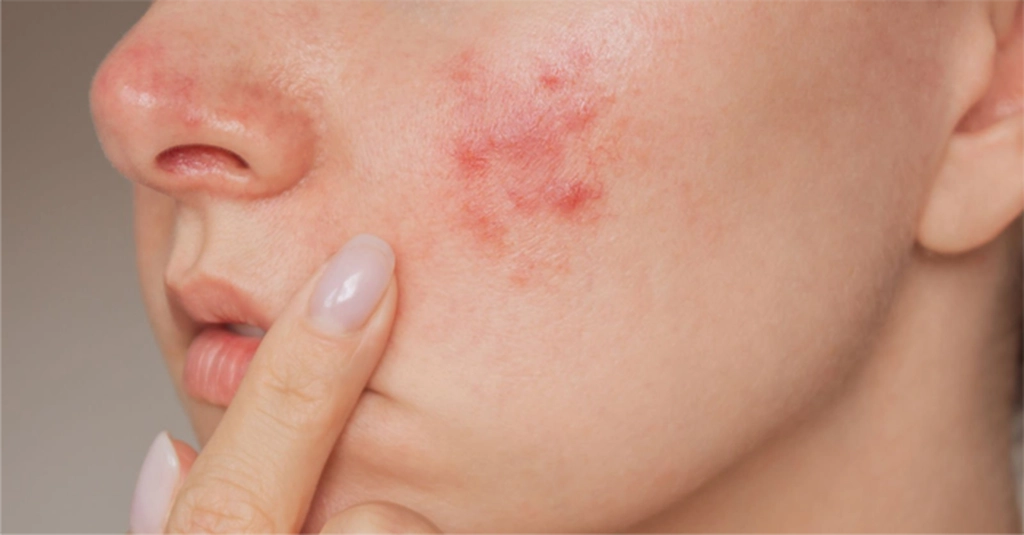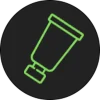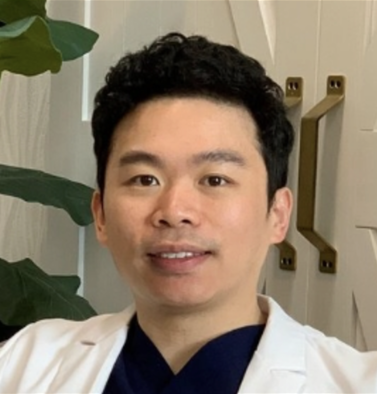ACNE
Atopic dermatitis is the predominant form of eczema, which is a skin condition characterized by persistent itching and the development of red patches, typically found on the face, arms, and legs. Although it primarily affects children, it is important to note that it also impacts a significant number of adults, with an estimated 18 million individuals affected.
The hallmark of atopic dermatitis is its cyclical nature, wherein the rashes tend to flare up, subside, and then reappear periodically. This pattern of flare-ups and remissions can vary in frequency and severity among individuals. During flare-ups, the affected skin may become intensely itchy, leading to scratching, which can further exacerbate the condition.








Acne can have a negative impact on an individual’s self-esteem and emotional well-being, particularly when it is severe or persistent.
While it commonly affects teenagers during puberty, acne can also affect adults of all ages.



Laser acne treatment involves the use of specific laser wavelengths to target and treat acne-prone skin. The lasers work by delivering concentrated light energy to the affected areas, which can help reduce inflammation, kill acne- causing bacteria, and shrink sebaceous glands (Aviclear) that produce excessive oil.
The laser energy is absorbed by the skin, targeting the deeper layers where acne develops. This process stimulates collagen production and promotes skin rejuvenation, leading to improved skin texture and reduced appearance of acne scars.
One type of laser commonly used for acne treatment is the fractional laser.
Fractional laser treatment creates microscopic columns of thermal damage in the skin, promoting the growth of new, healthy skin cells and stimulating collagen remodeling.
Another type of laser used for acne treatment is the pulsed dye laser. This laser targets the blood vessels in the skin, reducing redness and inflammation associated with acne breakouts.
Aviclear: is a laser that delivers a specific wavelength that targets and shrinks directly the sebaceous glands making this treatment a cure for acne. It requires a series of 3 treatments in order to reach efficacy and cure.










With his extensive experience in cosmetic dermatology, he brings cutting-edge solutions to skincare. His patients value his thorough approach, genuine attentiveness, and ability to consistently deliver outstanding patient-focused results.
Dr. Chen attended medical school at the University of New England College of Osteopathic Medicine, Biddeford, Maine and completed his dermatology residency at Larkin Community Hospital, South Miami, Florida, serving as chief resident. Prior to working in dermatology, he trained in Family Medicine. He is a diplomat of the American Board of Dermatology and a Fellow of both the American Academy of Dermatology and the American Society of Dermatologic Surgery.
Dr. Chen is fluent in English and Cantonese. In his free time, he likes to hike, enjoy nature, cooking, and water sports.
786.618.5219
Mon – Fri: 7:45 am – 7:00 pm
Sat: 8:00 am – 4:00 pm / Sun: Closed
Mon – Fri: 7:45 am – 7:00 pm
Sat: 8:00 am – 4:00 pm
Sun: Closed
For a new appointment please call to schedule